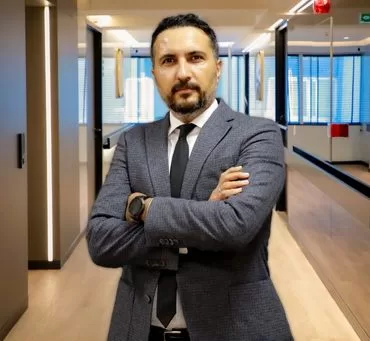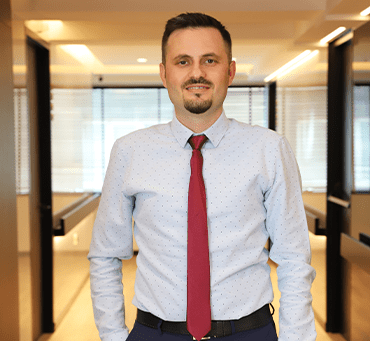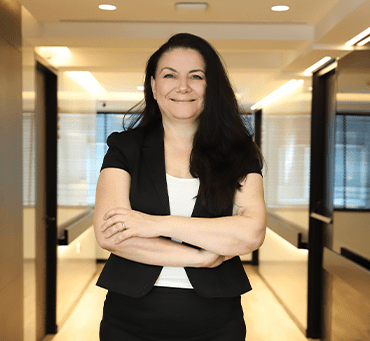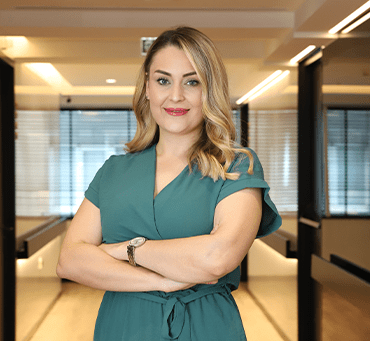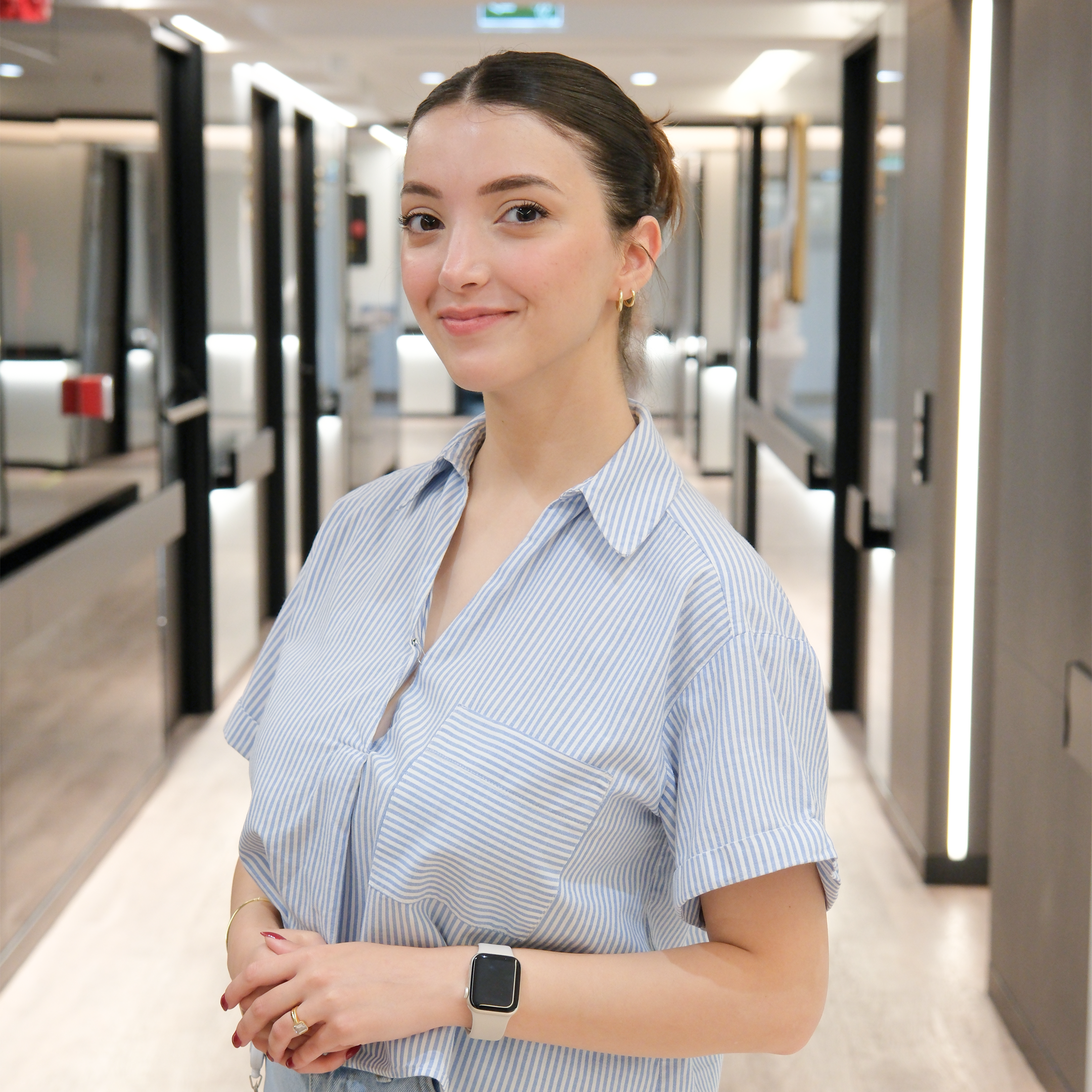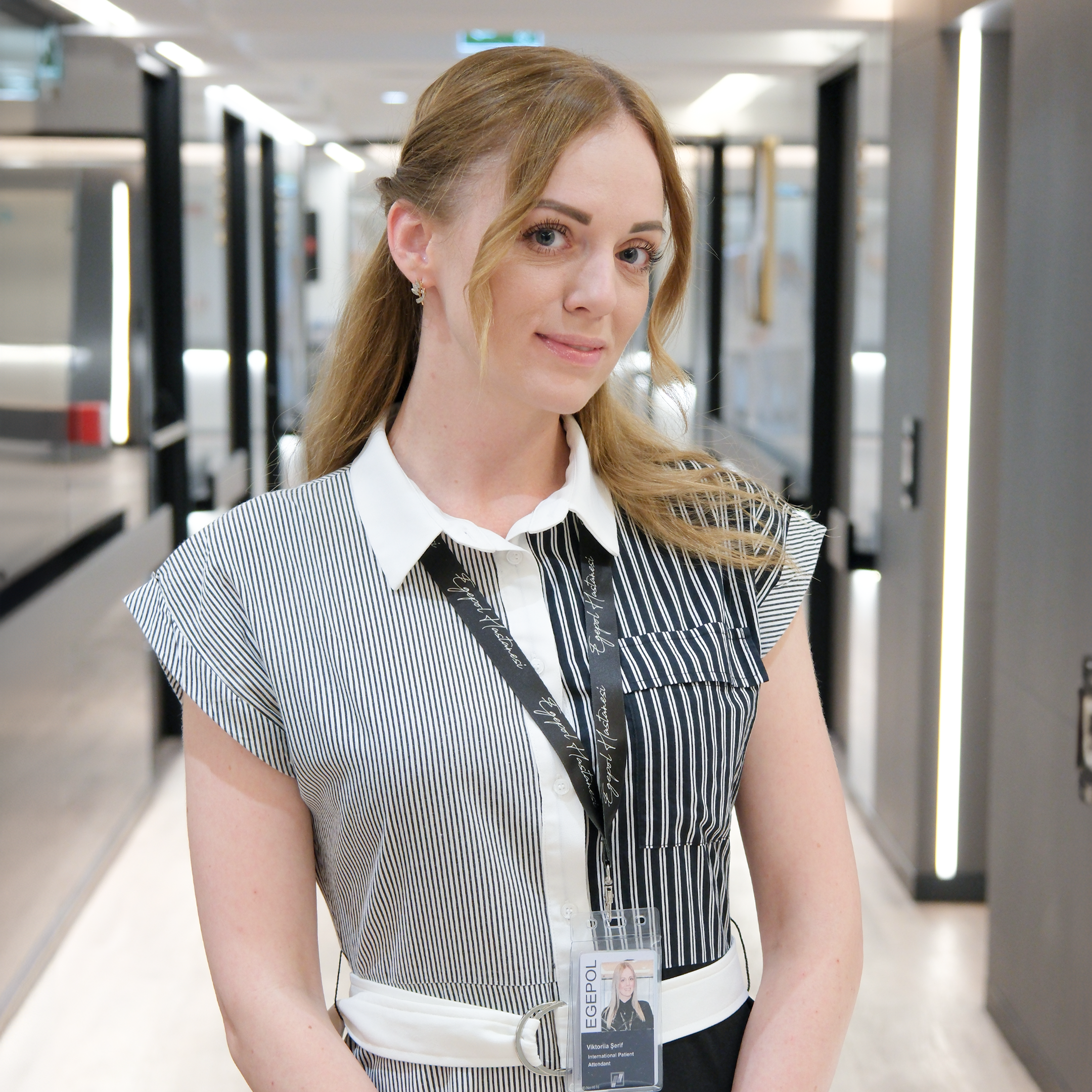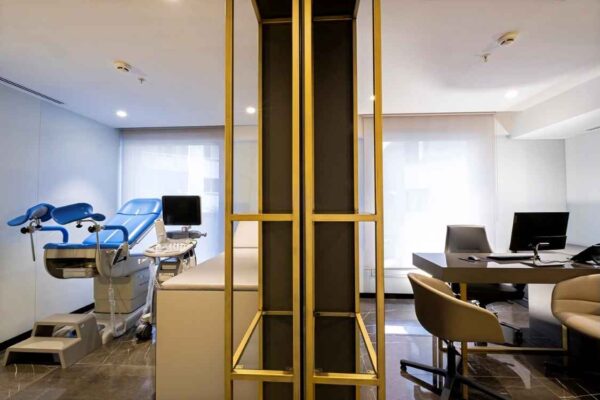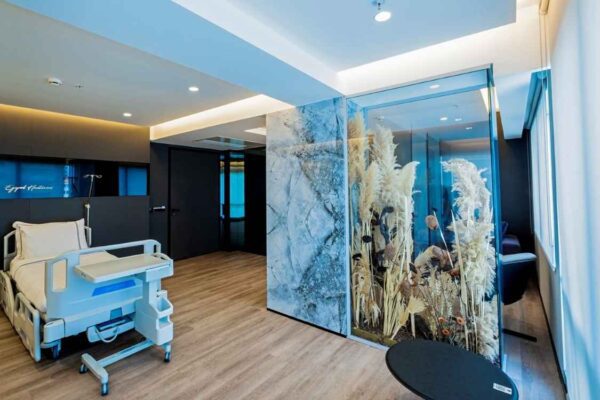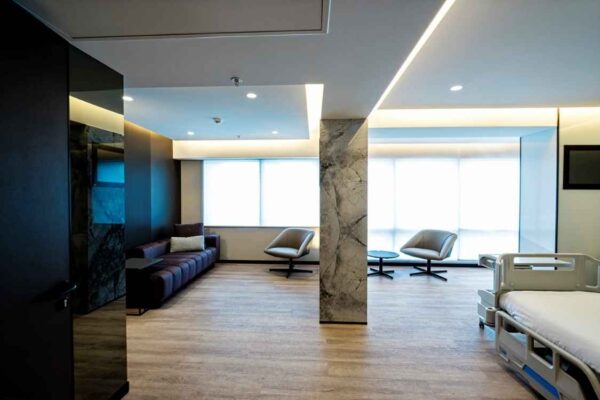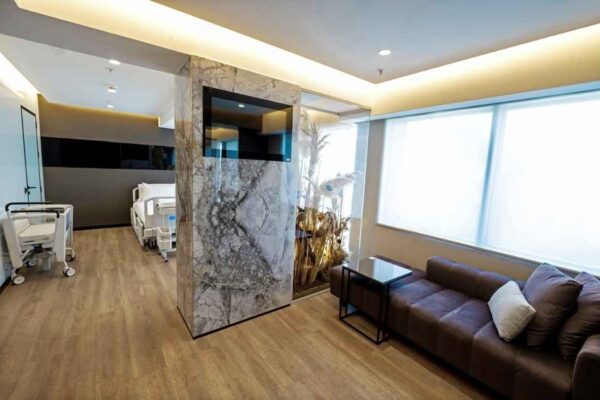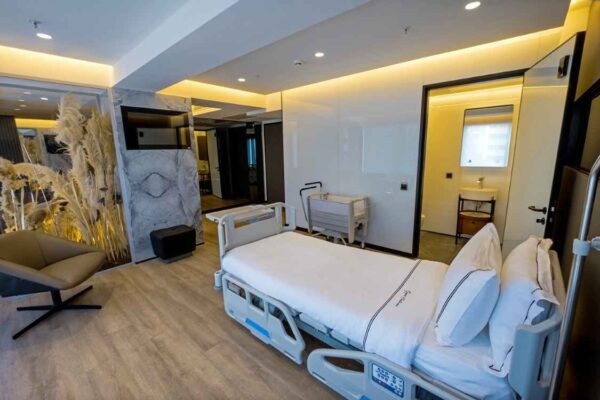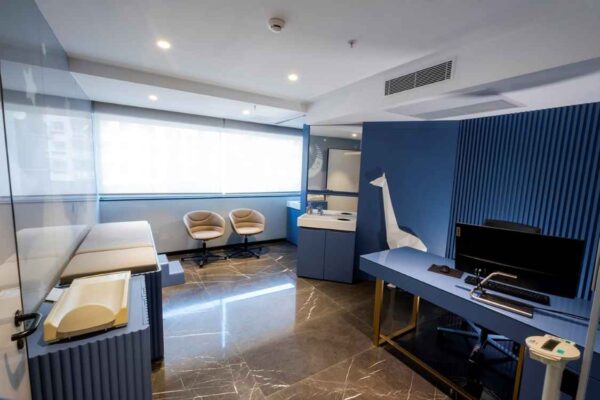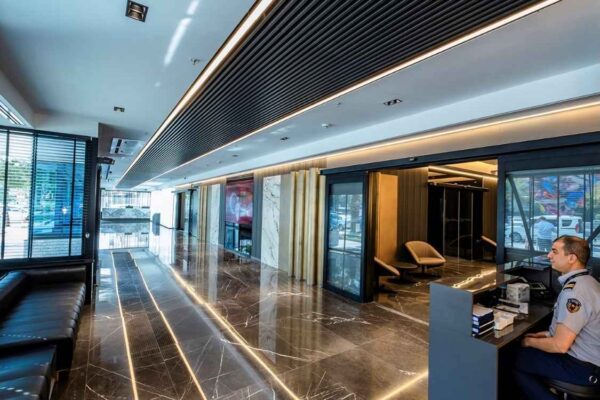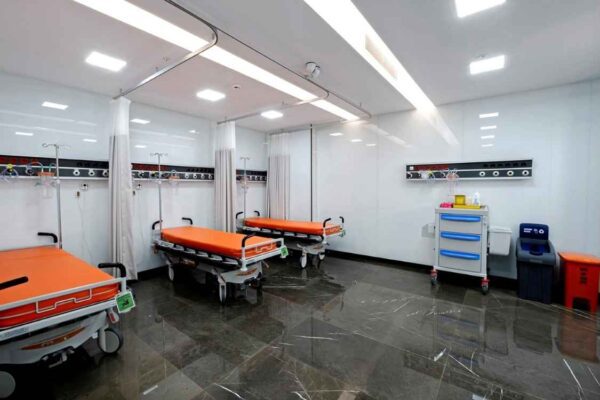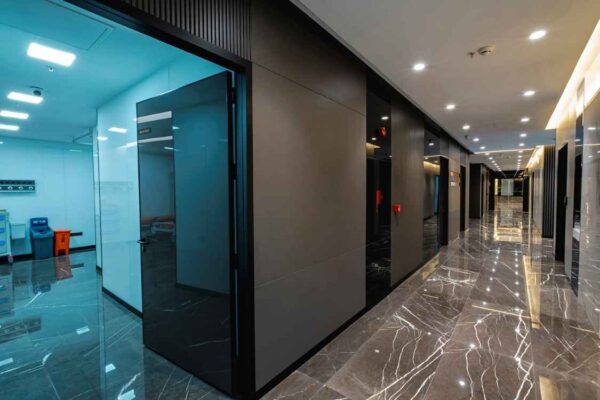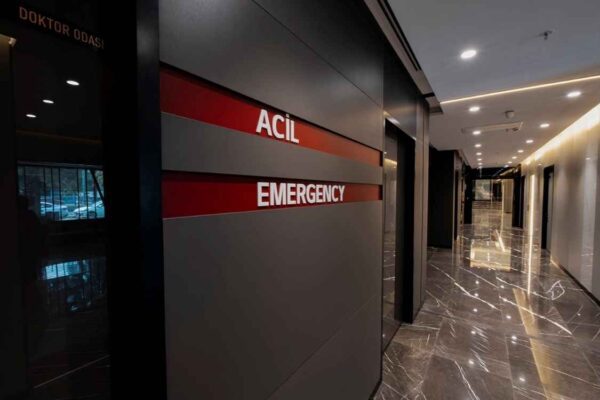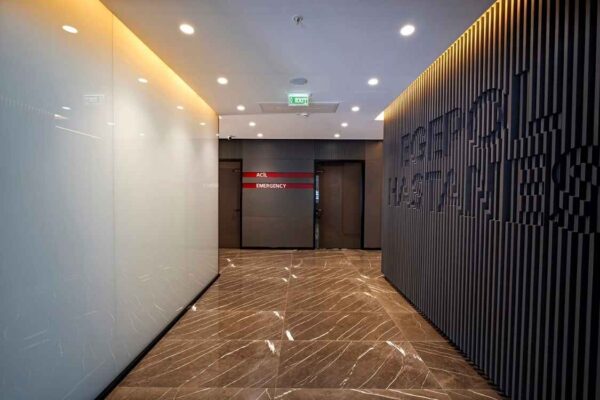Arthroscopy, also known as closed shoulder surgery, is a preferred method to examine, diagnose and treat problems within the joint. Arthroscopic surgeries are a type of surgery performed by orthopedic doctors. After a detailed examination and tests, the patient is decided to have surgery.
If the person has findings suitable for surgery, the person is operated on. Arthroscopic shoulder surgery is performed with a tool called an arthroscope. This tool has a camera at the end and the tool is placed in the shoulder joint. Camera images are monitored on the monitor and then the surgery is performed.
How is Arthroscopic Surgery Performed?
Before the surgery, the shoulder area is numbed with the help of local anesthesia. During the operation, the surgeon injects a liquid into the shoulder area to inflate the joint. This helps visualize the shoulder structure. After the fluid procedure, a small incision is made in the shoulder area for the arthroscope. The arthroscope is then inserted and the images are displayed on the screen.
The problem area is intervened and a tiny stitch is placed in the incision area. Very small instruments are used during arthroscopic shoulder surgery, and since the surgery is closed, the materials are very delicate. Therefore, the person does not feel excessive pain. Patients can recover in a short time and return to their daily lives in a short time.
In Which Situations Is Surgery Preferred?
Shoulder arthroscopy is recommended for patients who do not respond to other non-surgical alternative treatments. Rest, physical therapy, and medications to reduce inflammation are often recommended in non-surgical treatments. Inflammation is especially common in such disorders, but swelling, edema, pain and stiffness in injured or problematic shoulder joints are among the common findings.
Most shoulder diseases can occur due to overload, reverse movement, age-related wear. Arthroscopic shoulder surgery may be preferred especially for problems such as recurrent shoulder dislocation, rotator and capsule stretching. The symptoms of these ailments are quite painful. Nerve relaxation, fracture repair or removal procedures such as cysts with arthroscopy may be preferred.
What is done before the operation?
Before the operation, blood test, electrocardiogram and chest X-ray tests are requested to ensure that the operation is uneventful. The individual’s health risks and health status are evaluated. The doctor is informed about the drugs used by the individual.
With the doctor’s control, some drugs can be stopped beforehand, or other drugs can be started. The type of anesthesia to be used is decided according to the length or condition of the surgery. The anesthesiologist checks the patient’s condition and the person is then prepared for surgery.
Postoperative
After the surgery, patients are often kept in the hospital for one or two hours and are checked. Pain is expected at least one week after the operation. It may take several weeks for the pain to go away completely. Ice applications not only reduce pain but also help reduce swelling and edema. Often after surgery, the doctor may prescribe painkillers. Opioid analgesics are often preferred for relief of extreme pain, but such drugs can be addictive.
Opioid drugs should only be used as directed by the doctor. If the pain improves, these drugs should be discontinued directly. Bandages and band-aids are often preferred to protect the shoulder. However, it is very important to use a sling to protect the shoulder. The doctor indicates how long the sling should be used after the surgery.
Rehabilitation Process
Rehabilitation is of great importance in order to return to daily life. Shoulder exercises, stretching and muscle strengthening exercises are often performed during the recovery period. According to the surgical procedure, the doctor will give an exercise program according to the patient’s condition.
What Complications Can Occur?
Complications are not frequently seen in shoulder arthroscopy surgery. However, like any surgery, this procedure carries small risks. In some cases, bleeding, infection, vascular or nerve injuries may occur.
FAQs
In Turkey, the payment options for arthroscopic (closed) shoulder surgery typically include credit card payments, bank transfers, and cash payments. These options provide flexibility for patients to choose the method that suits them best in terms of convenience and personal financial preferences.
No, arthroscopic (closed) shoulder surgery may not always be covered by insurance. Insurance coverage depends on various factors such as the specific policy, medical necessity, and the insurance provider’s guidelines. It is advisable to consult with your insurance provider directly to determine if the procedure is covered under your policy.
The cost of arthroscopic (closed) shoulder surgery in Turkey may be cheaper due to a combination of factors. These factors include lower overhead expenses, competitive pricing in the healthcare industry, and potentially lower labor costs. However, it is essential to consider the quality and reputation of the healthcare providers when making decisions about medical treatments abroad.
No, you cannot get finance specifically for arthroscopic (closed) shoulder surgery. Financing options typically cover broader medical expenses or general healthcare needs, rather than specific procedures. It’s recommended to explore alternative payment options, such as health insurance coverage or personal savings, for the cost of the surgery.
There is no specific age limit for arthroscopic (closed) shoulder surgery in Turkey. The eligibility for surgery depends on various factors such as the patient’s overall health, severity of the shoulder condition, and the surgeon’s assessment. A thorough evaluation by a qualified orthopedic surgeon is necessary to determine individual suitability for the procedure.
The success and outcome of arthroscopic shoulder surgery depend on various factors, including the individual’s condition, the surgeon’s expertise, and post-operative care. While complications can occur in any surgical procedure, the overall success rate for arthroscopic shoulder surgery is generally high, with a low percentage of adverse events reported. It is important to discuss specific risks and outcomes with your surgeon for a more accurate assessment.
While arthroscopic (closed) shoulder surgery is generally considered safe and effective, there are potential risks and complications associated with the procedure. These can include infection, blood clots, nerve or blood vessel damage, stiffness, and persistent pain. However, these complications are relatively rare and can often be managed with appropriate medical care and rehabilitation.
Our Team
Our Hospital
Atilla, Halide Edip Adıvar St.
No:57, 35270 Konak/İzmir




